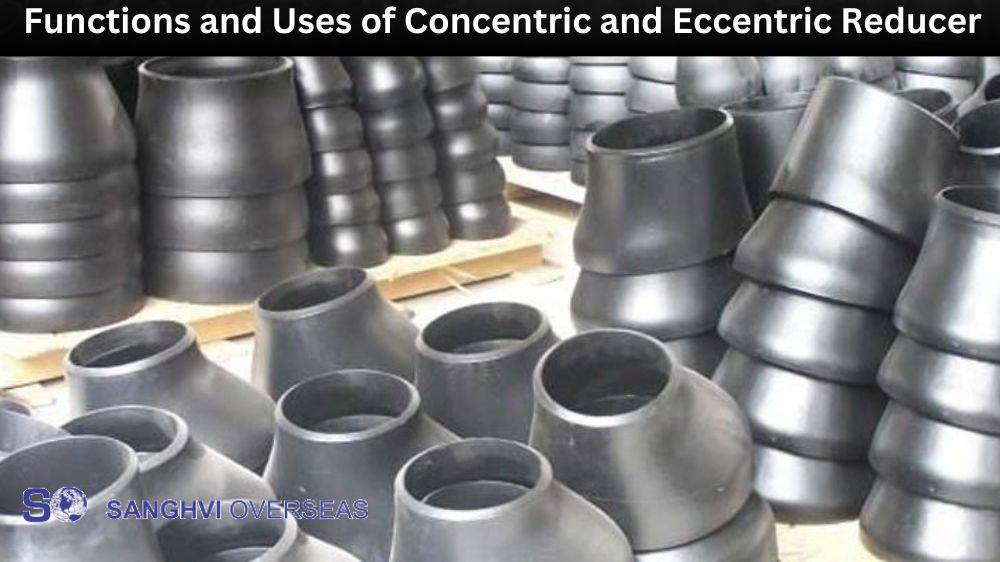Are you looking for an effective and efficient material for various applications? SS Mesh Sheet could be just what you need! This incredible product is made from stainless steel, making it long-lasting and versatile. It’s frequently used as reinforcement in various industries, such as aerospace engineering or automotive manufacturing. In this blog post, we’ll explore the uses and benefits of SS Mesh Sheets and their characteristics so that you can make educated decisions when purchasing them. Discover why SS Mesh Sheets might be right for your next project!
What are SS Mesh Sheets?
SS Mesh Sheets are metal meshes made out of stainless steel. They provide a durable and corrosion-resistant material, which can be used for architectural designs and other construction applications. Moreover, they come in various mesh sizes, thicknesses, styles, and finishes that allow them to be adapted to fit the specific needs of any project. SS Mesh Sheets offer excellent strength-to-weight ratio, high tensile strength as well as fire-resistant properties, making them ideal for interior or exterior décor solutions such as ceiling tiles and decorative fencing materials. They are also widely used in the automotive industry, where their ability to resist heat makes them suitable for air vent linings. Additionally, they can be bent easily into desired shapes without losing structural integrity due to their ductility features, making them great material choices for ornamental panels, among many other uses.
Uses of SS Mesh Sheets
Stainless steel mesh sheets are multi-functional materials used in different industries for various applications. Here are some of the most common uses of SS mesh sheets:
Industrial Filtration
SS mesh sheets are widely used in industrial filtration systems such as wastewater treatment plants. They help to filter harmful pollutants and solids from water before it is released into the environment. These sheets are also used in food and beverage processing industries to filter out impurities and contaminants in the production processes.
Architectural Design
Stainless steel mesh sheets are also used in the construction and design industry. They are mainly used for external facades and interior walls, providing a visually appealing look while offering necessary ventilation and privacy features.
Decorative Arts
SS mesh sheets are also popular for artists and designers as a creative and decorative material. They are often cut and shaped into different forms and used for sculptures, displays, and other artistic pieces.
Also Read – Types of Metal Mesh Sheets
Benefits of SS Mesh Sheets
SS Mesh Sheets Are Durable
One of the primary benefits of SS mesh sheets is their durability. This means they will not rust, corrode, or tarnish over time. They are also resistant to heat and chemicals, making them ideal for use in various industries.
SS Mesh Sheets Are Versatile
Another benefit of SS mesh sheets is that they are versatile. This means they can be used for various applications, including filtration, screening, and sieving. Additionally, they can be customized to meet each customer’s specific needs.
SS Mesh Sheets Are Cost-Effective
Another benefit of SS mesh sheets is that they are cost-effective. This means they will save you money in the long run as they do not need to be replaced as often as other materials. Additionally, they are also easy to maintain and clean, which will save you time and money.
SS Mesh Sheets Are Safe
Another benefit of stainless steel mesh sheets is that they are safe. This means that they will not cause any harm to humans or animals when used as intended. They are also non-toxic and hypoallergenic, making them safe for use around children and pets.
SS Mesh Sheets Are Environmentally Friendly
Another benefit of SS mesh sheets is that they are environmentally friendly. This means that they can be recycled or reused after use, which helps to reduce waste and conserve resources. Additionally, they do not release harmful chemicals or toxins into the environment when disposed of properly.
Conclusion:
SS mesh sheets are versatile and reliable materials that have earned their place in many industries. Its multi-purpose uses, such as industrial filtration, architectural design and creative applications in decorative arts, make them highly sought after. As we’ve established, stainless steel mesh sheets are a durable, flexible, and cost-effective option making their benefits even more impressive!
















